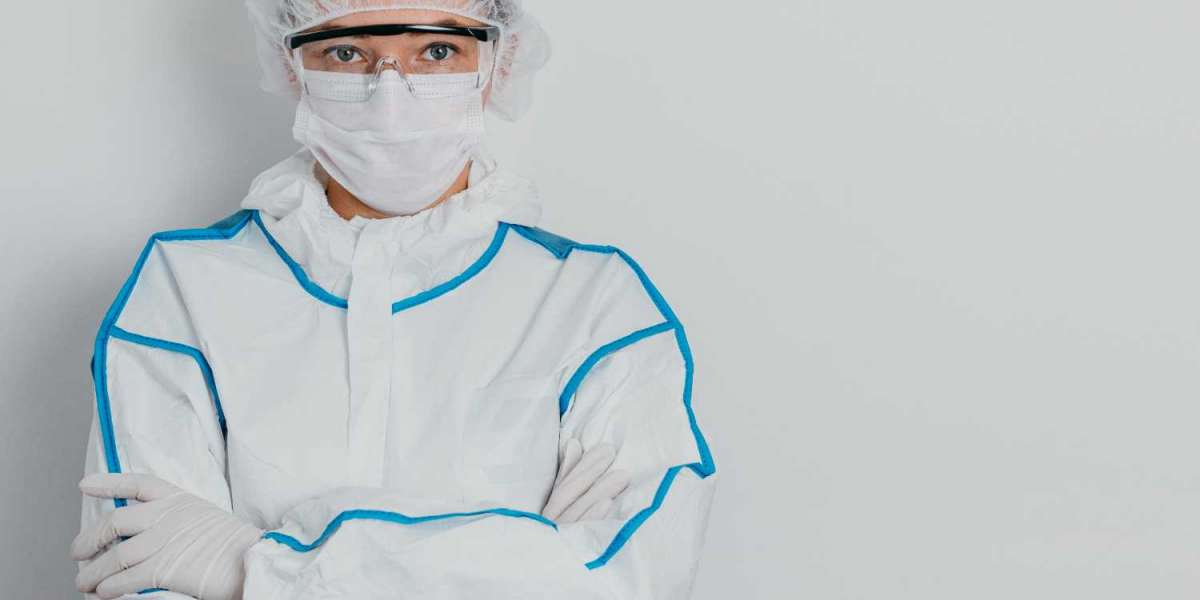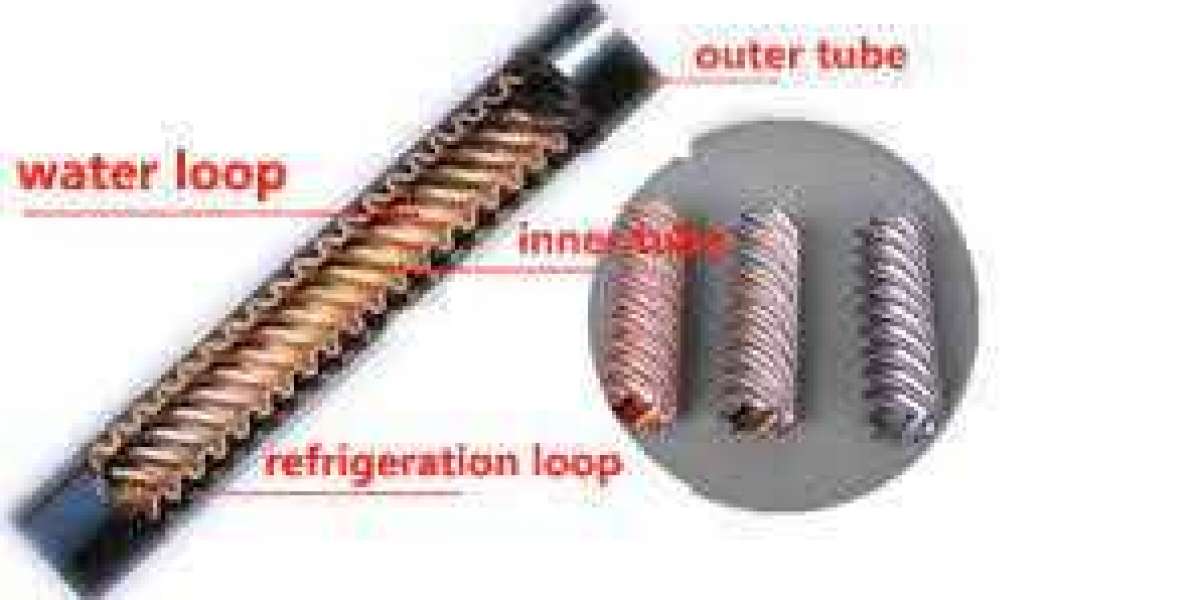Ensuring safety in the workplace starts with wearing the right protective clothing. Whether you're in healthcare, construction, manufacturing, or food processing, proper safety gear is essential to prevent injuries and maintain hygiene. The right protective clothing reduces risks, improves worker confidence, and ensures compliance with industry regulations.
This guide provides a comprehensive checklist of must-have protective clothing for various industries, covering the importance of each item and how to choose the best options for your profession.
Why Protective Clothing is Essential
Protective clothing serves as a barrier between workers and workplace hazards. Here’s why it’s crucial across different industries:
Injury Prevention – Shields against cuts, burns, and chemical exposure, preventing serious workplace accidents.
Hygiene Maintenance – Essential in industries like healthcare and food processing, where cleanliness is critical.
Workplace Compliance – Meets safety regulations and industry standards, helping businesses avoid legal penalties.
Comfort Durability – Designed for long-term wear in demanding environments, allowing workers to perform their tasks safely and efficiently.
Must-Have Protective Clothing for Different Industries
1. Healthcare Medical Professionals
Workers in the healthcare sector face risks such as exposure to infectious diseases, biohazards, and bodily fluids. Essential protective clothing includes:
Disposable gowns – Provide a barrier against fluids and contaminants, crucial in surgeries and patient care.
Gloves – Nitrile, latex, or vinyl gloves protect against cross-contamination and infections.
Face masks shields – Prevent airborne exposure, reducing the risk of respiratory infections.
Shoe covers hair nets – Maintain sterile conditions in operating rooms and laboratories.
Scrubs lab coats – Protects workers from minor spills while maintaining hygiene.
2. Construction Industrial Work
Construction workers deal with physical hazards, including falling objects, sharp materials, and extreme weather conditions. Essential protective clothing includes:
Hard hats – Prevent head injuries caused by falling debris.
High-visibility vests – Enhances visibility on-site, reducing the risk of accidents.
Protective gloves – Shields hands from abrasions, cuts, and chemical exposure.
Steel-toe boots – Protects feet from heavy objects and provides slip resistance.
Safety goggles – Prevents eye injuries from dust, chemicals, and debris.
Flame-resistant clothing – Required for welders and workers exposed to fire hazards.
3. Food Processing Hospitality
Hygiene and cleanliness are paramount in the food industry to prevent contamination and ensure food safety. Essential protective clothing includes:
Aprons coveralls – Shields clothing from spills and contamination.
Hair nets beard covers – Prevent hair from contaminating food products.
Slip-resistant shoes – Reduces the risk of slips and falls in kitchens and food processing facilities.
Disposable gloves – Ensures hygiene when handling food.
Face masks – Reduces exposure to airborne contaminants.
4. Chemical Laboratory Work
Handling hazardous chemicals and substances requires specialized protective clothing to prevent exposure. Must-have protective gear includes:
Chemical-resistant suits – Shields against chemical splashes and spills.
Goggles face shields – Protects against splashes, fumes, and debris.
Respirators – Filters toxic fumes and airborne particles, ensuring clean air intake.
Gloves resistant to chemicals – Provides hand protection against hazardous substances.
Laboratory coats – Essential for maintaining cleanliness and reducing contamination risks.
5. Firefighting Emergency Services
Firefighters and emergency responders work in high-risk environments where extreme heat and toxic fumes are prevalent. Protective clothing includes:
Flame-resistant suits – Shields against extreme heat and fire exposure.
Heavy-duty gloves – Ensures grip and hand protection against burns and cuts.
Breathing apparatus – Provides clean air in hazardous environments.
Thermal insulation boots – Protects feet from extreme temperatures.
Helmet with visor – Shields the face from heat, debris, and hazardous particles.
6. Manufacturing Warehousing
Workers in manufacturing and warehouse environments often encounter risks from machinery, chemicals, and heavy lifting. Essential protective clothing includes:
Industrial coveralls – Protects against dust, oil, and minor chemical exposure.
Safety gloves – Reduces risks from handling sharp or hot materials.
Anti-static clothing – Prevents electrostatic discharge in sensitive environments.
Knee pads – Provides cushioning for workers required to kneel frequently.
How to Choose the Right Protective Clothing
When selecting protective clothing, consider the following factors to ensure safety and comfort:
Industry Requirements – Check if the clothing meets workplace safety regulations and compliance standards.
Material Durability – Choose high-quality materials that withstand harsh working conditions.
Comfort Fit – Ensure proper sizing and flexibility for unrestricted movement and efficiency.
Breathability Ventilation – Prevents discomfort during extended wear, especially in warm environments.
Ease of Maintenance – Opt for clothing that is easy to clean and disinfect.
Layering Needs – Some jobs require multiple layers for added protection, such as fire-resistant inner layers beneath industrial coveralls.
Maintaining Protective Clothing
Protective clothing must be regularly maintained to ensure its effectiveness. Here are some key maintenance tips:
Inspect Regularly – Check for wear and tear, such as holes, rips, or weakened material.
Follow Washing Instructions – Wash according to manufacturer guidelines to prevent damage.
Store Properly – Keep clothing in a dry, clean area away from contaminants.
Replace When Needed – Do not use protective gear that has become damaged or ineffective.
Train Employees – Ensure that workers know how to properly wear and maintain their protective clothing.
Conclusion
Wearing the right protection clothing is crucial for workplace safety and compliance. From head-to-toe protection, ensuring that employees have the proper safety gear can significantly reduce risks and improve productivity. Whether you're a healthcare worker, construction professional, or laboratory technician, investing in high-quality protective clothing is essential for a safe and efficient work environment.







